
We wonderful UX (User Experience) Designers see the world differently – and what a good job we do, I say. Growing up I, like many other people, didn’t seem to fit in. Others saw the world in a way I couldn’t relate to. At school, fellow classmates were unpredictable creatures who were your best friend one minute and your arch enemy the next. Things were very inconsistent and yet, while all of this “difficult childhood” malarkey bothered me considerably for more years than I care to remember, I believe it’s still helping me to design better user experiences today. (All illustrations by : Dilla Ismail)
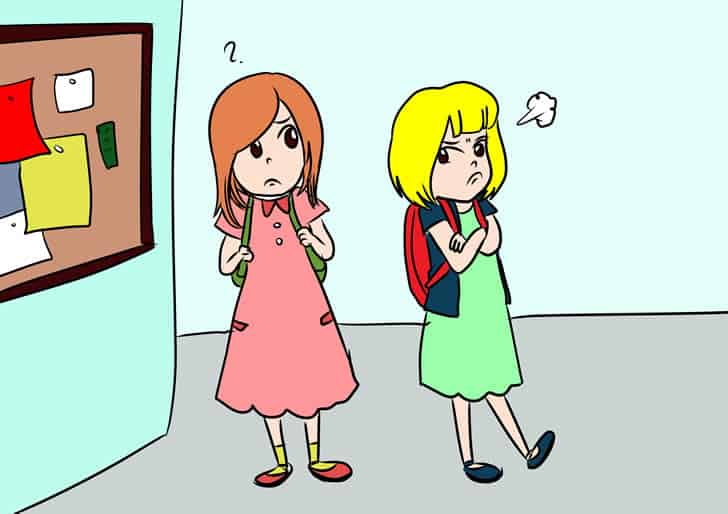
A number of creative and research-oriented people I know won’t mind me saying that they have also had their own obstacles to overcome. It is to their credit that they have overcome them, but it’s more than that. I believe that their past experiences have also shaped them in a positive way and, like me, their view of the world today is different.
So with this in mind, here are three positive attributes that I think many talented designers possess:
1. We’ve got balls.
Have you ever sat in a meeting trying to unearth a solution, and been the only person in that meeting to challenge a viewpoint? It can be a bit of an uncomfortable place to be – even if you are as vocal as I am. In the past, I had sometimes felt a bit like like an annoying child, who follows up every answer with a, “why?”
Yet we all know that with designing user experiences comes answerability. If you are like me, you will agree that we all get so wrapped up in the word “user”, and of course with our fancy job titles. “I’m a UX / UI / UXD / IXD person” (yes, I have a fancy job title too) when, in reality, we should just accept we are all designers who have a responsibility to design things properly. So when we see something that is not right, we stand up, swing our balls (metaphorically speaking) and say, “no, this simply can not happen.”
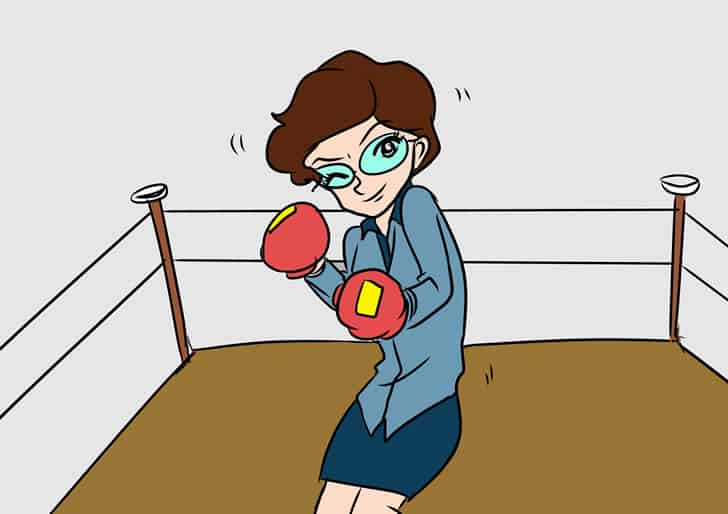
When you have balls in life – and you are not afraid to use them, you are more likely to stand up for what is right and naturally fight against what is wrong. Personally, I did not have the ability to do this at school. So it is highly likely that I overcompensate in this regard – and I’m not just talking about design-related activism.
2. We’re open-minded and tolerant.
There are some really terrible people in the world, aren’t there? I mean, we have those irritating people who push past you, don’t apologise and then blank you when you mistakenly say sorry. And then we all know individuals who behave so atrociously, that you quite genuinely begin to question the law of the Universe.
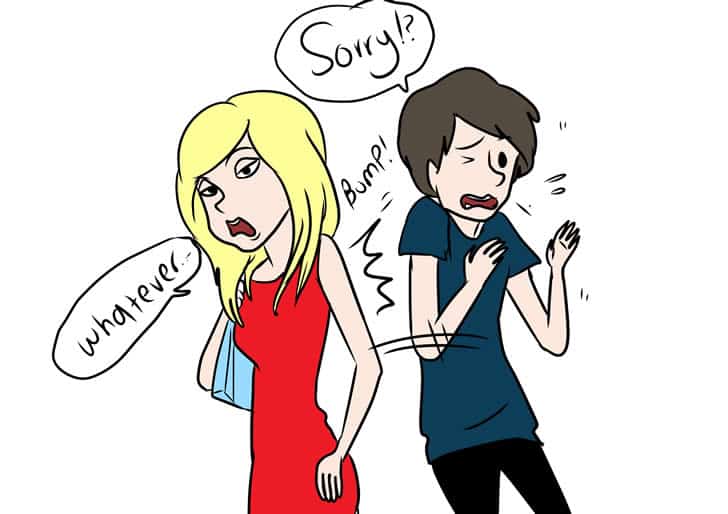
Yet I think we designers see these people differently to others. For example, the person who shoves past you and then ignores your unnecessary apology may be having a really rotten time of it. Or could have meant to say sorry but did not in that moment and then a split second later felt bad about it. (This latter situation has happened to me before and by the time I’d realised how grumpy I had been, it was too late as the person had gone).
Or maybe, the person had eyesight difficulties and therefore was not aware that they had pushed you, let alone that you had smiled or apologised.
Unlike other people, we are more likely to see the whole picture and are possibly more conscious of other people’s idiosyncrasies or disabilities as a direct result of what we do for a living.
For example when we write our use cases, thankfully, we are forced to think outside the box to consider all possible scenarios and eventualities. On occasion, we might have someone next to us who mutters, “the likelihood of that particular scenario occurring is incredibly slim,” to which we will usually agree, but still include said scenario in our mapping.
So you see, we may naturally be more tolerant and open minded as people who accept the fact that experiences contribute towards how we and others behave. We know that extenuating circumstances or sheer randomness can make us behave out of character.
We are also aware that people have hidden disabilities and things are not always as they might seem on the surface. Thinking about people and our world in this way not only makes it more enjoyable and easier for others, but helps us make better sense of things ourselves.
3. We are awake.
Recently I went to a wedding in York, and was on a train with my partner who is also a designer. Our lovely train operator friend put us in first class as a surprise and we were sitting adjacent to a couple and their two exceptionally well-behaved children.
My partner decided to visit the toilet and, when she returned, started to discuss the badly designed lock and functionality on the toilet door. I went to see what she was on about and before you know it, we were asking a member of staff for a napkin to sketch on. The family adjacent to us were clearly a bit baffled as we sat there together, trying to redesign the whole thing, from napkin to Axure to… well, we haven’t decided to revolutionise the system. Yet.
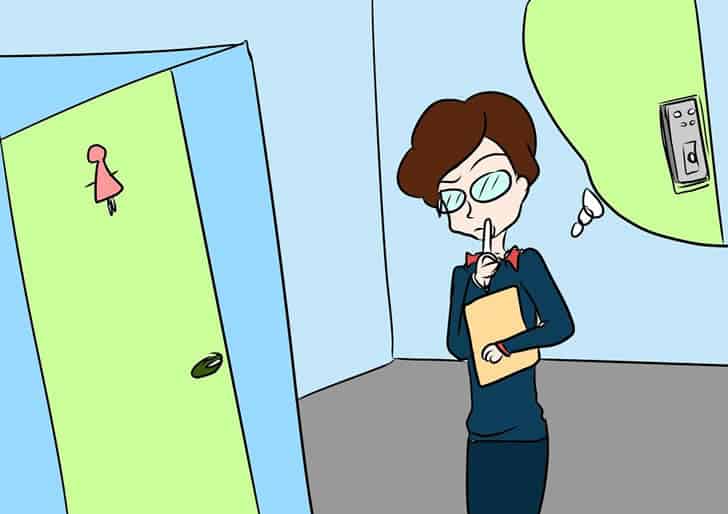
That was just one example, because the more I work in UX, the more awake I feel to the world – and I believe I am not alone in this regard. When I pick up something to use, I am evaluating it and questioning the user experience that it should deliver – and I know a number of other designers who do the same.
Some people might think it is tiring to live your life this way, but I find it to be quite cathartic. I am not going out of my way to question things. I am just using my brain as I go along rather than mindlessly picking stuff up and dropping them. I suppose it is like consciously living in the moment and inspecting everything we interact with.
Oh yes – and when I am on a website that clearly has not been made accessible for all users, I note an increase of mixed emotion. I feel mild irritation towards the designer (agh!) and empathy for the users (aww!), who I know will be struggling.
It is not always good to feel this way however. Sometimes, this acute sense of awareness sends me into an entrepreneurial spin. I begin to think about how I can make things better through design. This is what happened to us on our way to York, only it happened over a toilet door.
And how does this way of thinking improve what we do in our day-to-day job? Well, everything is design and experience – and these experiences are personal. They impact what we then go on to design for other people and they will often seep into areas that some of us would not ordinarily consider touching in our roles at work. An example for me would be offline customer experience. While I sometimes work with our CX (Customer Experience) team, it is not always possible to do this on every project. However, due to my own personal frustrations with inconsistent online and offline communication, I find myself actively ‘awake’ to this at work so I quietly make it my concern.
In conclusion – we are pretty great.
So, to round this up, when I look back on 2013 I remember doing an awful lot of moaning and groaning about poor websites and bad toilet doors. However, when I consider some of the battles we UX designers face and the fact that we still manage to design beautiful user experiences to touch the lives of millions, I think we have a lot to celebrate really.
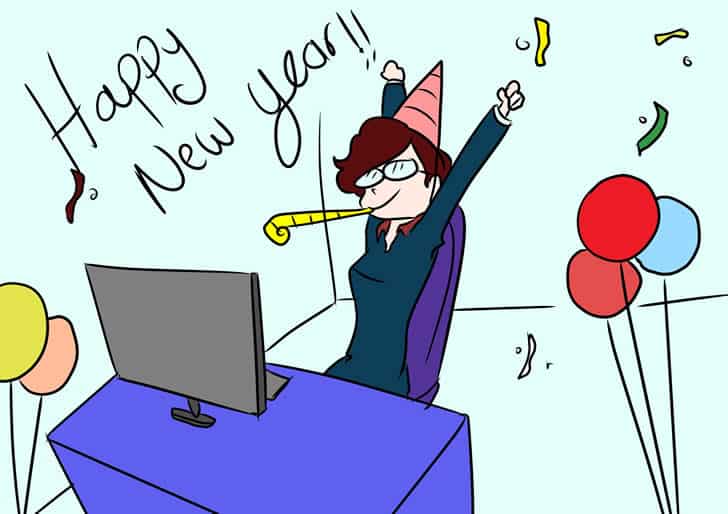
If you relate to only some of what I have written here I bet you are empathetic, socially aware, ideas driven and bold, to name a few. What’s not to celebrate?
Want to learn more?
If you’d like to become an expert in UX Design, Design Thinking, UI Design, or another related design topic, then consider to take an online UX course from the Interaction Design Foundation. For example, Design Thinking, Become a UX Designer from Scratch, Conducting Usability Testing or User Research – Methods and Best Practices. Good luck on your learning journey!
